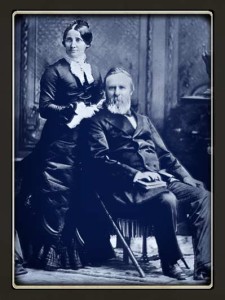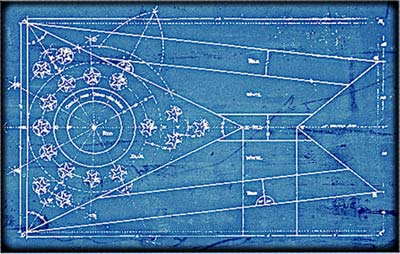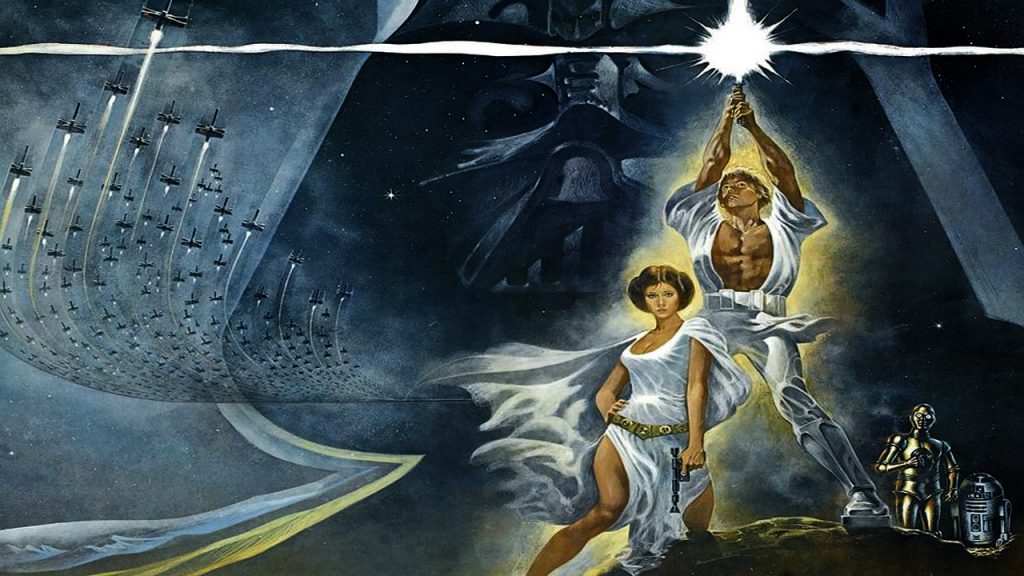On this day in 1937, Brigadier General John Clem died and was later buried in Arlington National Cemetery. John Clem was born in Heath, Ohio and would become the last Civil War Veteran on active duty when he retired from service in 1915. A year after John Clem retired, Congress passed an act promoting him to Major General.
The fact that John Clem was afforded such honors, is only trumped by the fact that John Clem was actually born John Joseph Klem in 1851, making him just 9 years old when he first tried to enlist in the 3rd Ohio Infantry in May 1861, just days after fighting began. John J. Klem actually changed his name to John Lincoln Clem to prove that he was a “Union Man.”
Having being rejected by the Ohio Infantry, John tried to enlist in the 22nd Michigan that was also posted to Camp Dennison in Cincinnati. They too refused but John had no where else to go since his mother had been killed earlier the year before. John spent much of the next year or so hanging out with the boys from Michigan and when they departed from Cincinnati in 1862, John tagged along, taking on the tasks of drummer boy for the unit. Members of the company even began to pay him a monthly stipend of $13 out of their own pockets.

John Clem gained notoriety when the 22nd Michigan took part in an engagement in Georgia that became known as the Battle of Chickamauga, the second bloodiest battles during the war. During this battle, it was reported that a Confederate cannonball destroyed John’s drum. The battle dragged on for 3 days and on the third day, things began to break down for Union forces. Many of the men in the 22nd were captured. John escaped capture by fleeing back to Union lines on an artillery caisson. It was widely reported that a Confederate officer demanded John immediately surrender, but instead, the young 12 year old raised his weapon and fired at the officer striking him down. Once he got back to his own unit, John was advanced to the rank of Sergeant becoming youngest person ever to hold that rank.
After this encounter, John was later captured and held as a POW before being paroled 2 months later. When word of John’s daring escapade during the battle appeared in a newspaper, John Clem became almost an instant celebrity. Folks everywhere knew him as the Drummer Boy of Chickamauga.
Before being discharged from the army at age 13, John Clem would be promoted to lance corporal.
Years later President Ulysses Grant would help the young man who served his country at such an early age, by personally giving his second lieutenant ‘s commission in 1871.
John Clem would once again see action during the Spanish-American War. In 1903 he became a Colonel and then in 1916 he left the U.S. Army once again after 53 years of active military duty. Twenty-one years later on this day and at the age of 85, John Clem, the Drummer Boy of Chickamauga died. He was buried in Arlington National Cemetery.





